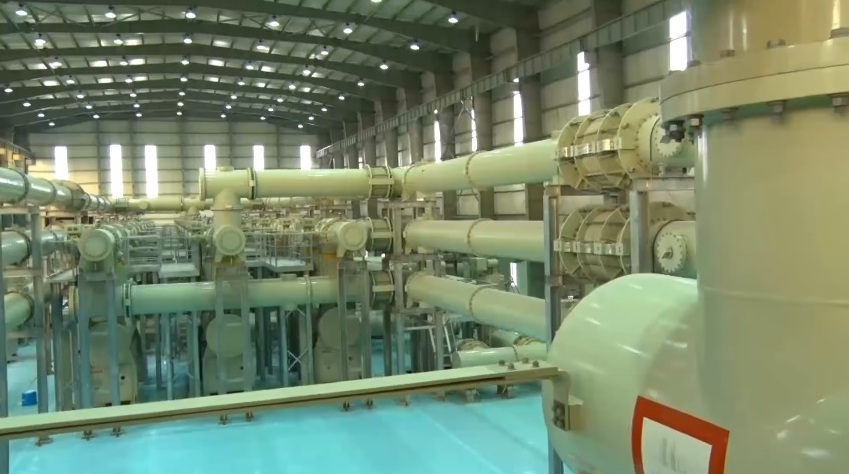Right of way constraints are impeding the progress of a transmission system that is meant to augment power availability to the Union Territory of Chandigarh.
In a recent report, Central Electricity Authority (CEA) has said that work on a 220kV double-circuit transmission line from the upcoming Hallo Majra substation in Chandigarh to the existing Panchkula substation of PGCIL in Haryana has been held up due to right-of-way issues.
The project, in the planning stage since 2014, is now expected to be completed by March 2021. Power Grid Corporation of India Ltd (PGCIL) is developing the project, which, when approved by the PGCIL board in February 2017, was expected to cost around Rs.322 crore.
Overhead and underground
The Chandigarh-Panchkula transmission line, spanning 24.67 km, has an underground component of 9.72 km. Work on the laying of 220kV underground cables is complete but there are right-of-way concerns on the on-ground component. (The length given is in physical km and not circuit km)
The transmission line will have 56 towers out of which 51 have already been erected; stringing too has been completed to a large extent. Work however has been held up on the remaining five locations. A meeting with the Additional Chief Secretary (Power) was held on September 18, 2020, at Chandigarh, to discuss the RoW issue. However, the RoW problems are yet to be resolved.
By current thinking, the transmission line is now expected to commission only by March 2021.
Hallo Majra substation
One extremity of the aforementioned transmission line is the under-construction 220/66kV Hallo Majra GIS substation in Chandigarh. This substation along with the 24.67-km transmission line under discussion broadly constitutes the transmission system that aims to boost power availability to Chandigarh. The transmission project was approved by the power ministry in August 2014.
In August 2016, the power ministry directed that the Hallo Majra substation be constructed underground, with a view to saving land. By the original plan submitted by PGCIL the substation was to be a conventional on-ground installation.
The Union ministry of power also advised PGCIL to seek additional funding (to meet the increased cost for an underground installation) from Power System Development Fund (PSDF) for which the nodal agency is Power System Operation Corporation (POSOCO). Accordingly, PGCIL approached the nodal agency but the latter maintained that the Hallo Majra substation did not qualify for assistance under PSDF.
As PGCIL could not progress with the underground substation option, and with much time having elapsed since the project investment approval, it was decided in a meeting of Standing Committee on Power System Planning in Northern Region (SCPSPNR) in May 2017 that PGCIL should go ahead with the original plan of a conventional GIS substation.
The 2×160 MVA, 220/66kV GIS substation at Hallo Majra, on which work ultimately began in August 2017, is currently on its way to completion. The substation is expected to be commissioned by December 2020.
Downstream cabling
Meanwhile, the Chandigarh UT Administration is also in the midst of laying the downstream 66kV cables, associated with the 220kV Chandigarh-Panchkula transmission line.
Click here for recent power T&D stories on Chandigarh
Chandigarh’s energy demand
In FY20, Chandigarh experienced a peak power demand of 431 mw and had an energy demand of 1732 million kwh. Both the peak and energy demand were met without any deficit. However, electricity consumption in Chandigarh is expected to grow substantially in the coming years, and the 220kV Chandigarh-Panchkula transmission line is expected to help Chandigarh meet this projected growth in electricity demand.
Featured photograph is a representative image of a GIS (gas insulated switchgear) substation.



